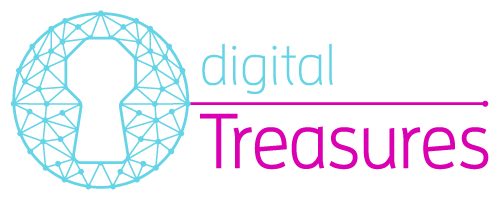- 1571, Goa (Índia)
- 1 volume of 18 folios, coloured maps on parchment;
- 53,0×40,4 cm
- Portuguese National Archive of Torre do Tombo
- Ref Code: PT/TT/CRT/165
Fernão Vaz Dourado (ca. 1520- ca. 1580) was a Portuguese cartographer who worked in Goa, India. Not much is known about his biography, but it is very likely that he was born and lived there. Goa was a meeting point for all the peoples, cultures and products circulating in the Indian Ocean.
The item shown here is one of the sheets of an Atlas (depicting western Europe and part of North Africa) produced by Fernão Vaz Dourado, in 1571. The Atlas is a superb cartographic document, one of the finest and most beautiful examples of 16th century manuscript cartography.
The Atlas is composed of eighteen illuminated folios, in high quality parchment, exquisitely painted by professional hands. Fifteen of these folios are charts of different parts of the surface of the Earth and its oceans, while the other three contain navigational and technical information, such as rules for astronomical observations at sea, tables, etc. This combination of cartography and navigation is not a fluke. In fact, it reveals that the coasts of the world were being charted as a result of sea voyages and these charts were intimately related to maritime expeditions.
Each chart is drawn within a rectangle, along whose sides is written the title of the chart, identifying the geographical area depicted. Each of these rectangles corresponds roughly to 40º of latitude and 50º of longitude.
Although Vaz Dourado is the only name attached to this Atlas, it is evident that other people were involved in its creation.
